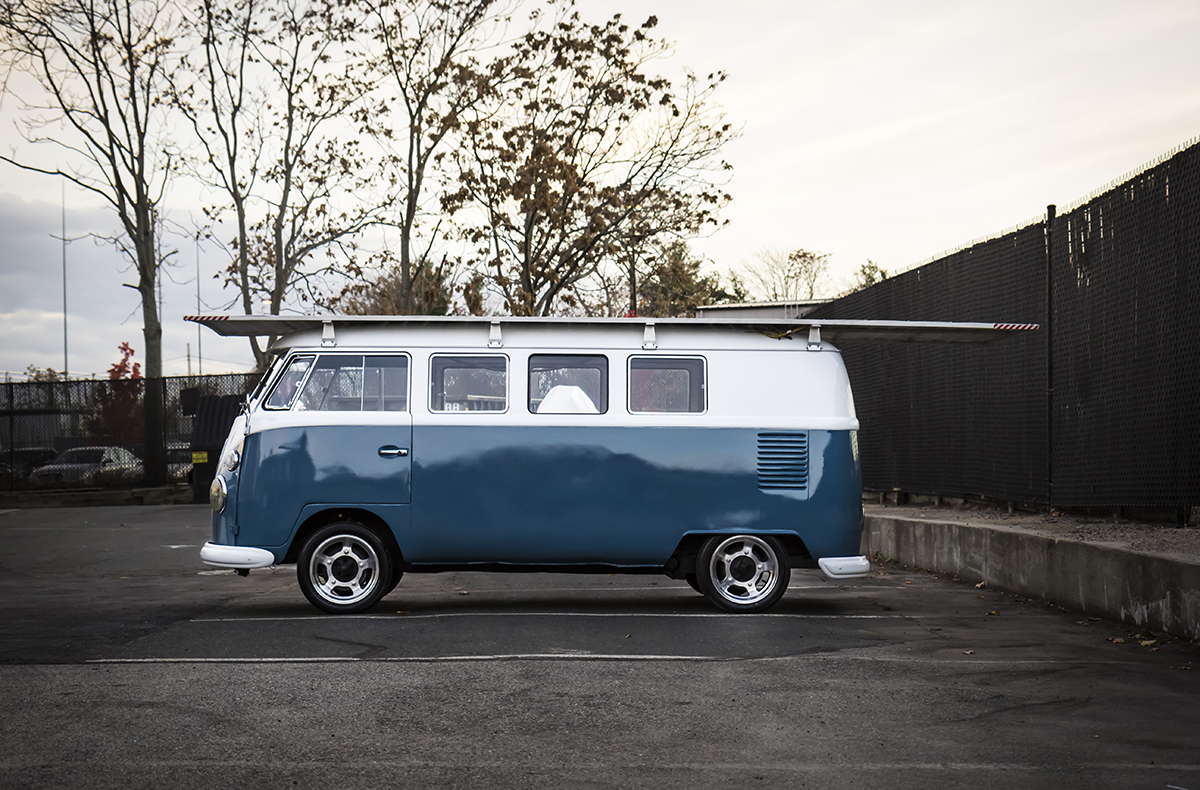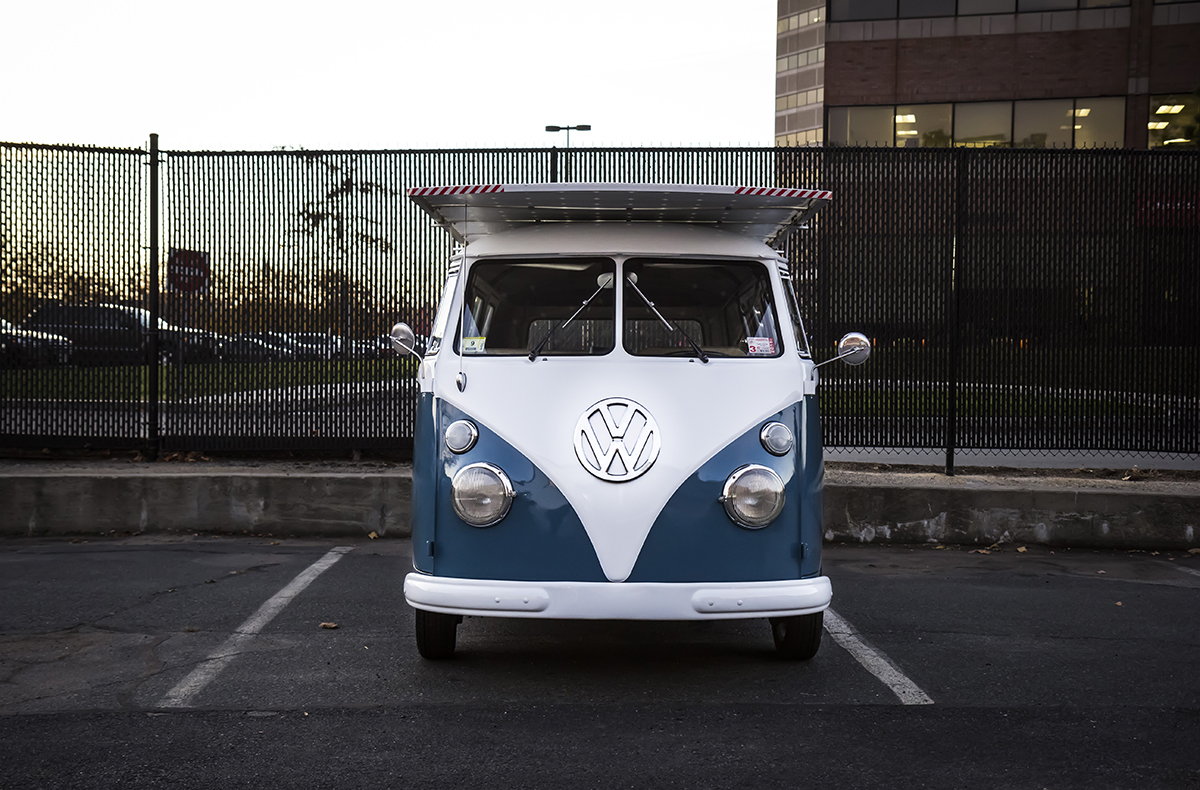No Gas, No Problem
People stare at Daniel Theobald when he drives his kids to school. They look at him when he cruises through the streets of Somerville and Cambridge. And they seem perplexed when they watch him park his van.
But Theobald doesn’t mind the attention. In fact, he welcomes the glares, the finger-pointing, and the constant queries about his preferred mode of transit—it helps him spread the word about how he’s reducing his carbon footprint.
Theobald, the CTO at Vecna Technologies, a healthcare IT company based in Cambridge, is the proud owner of a completely solar-powered, classically-adored 1966 VW Bus, which siphons energy from the sun’s rays rather than gas from the pump, and stores that energy to help power the vehicle’s electric engine.
“The reactions are two sided,” said Theobald, adding that people often approach him or leave notes on his windshield. “They’re all positive, but on one side people are thrilled by the VW itself…and the other people want to know about the solar panel.”
Last year, Theobald purchased the van with the goal in mind to create a sun-reliant vehicle for inner-city use and short trips.
“I didn’t buy it because I thought it was super cool and I wanted one. I bought it because it’s the ideal platform to experiment with what we are trying to do. It’s essentially a big open box. It’s easy to add things to it, and try things out,” he said.
It was also the perfect size for Theobald’s large family. With seven children and lots of trips to after-school activities, using a bus during drop-offs and pick-ups was the logical choice.
“We have a lot of kids we were driving around, mostly in the city,” he said. “There was no hybrid or electric vehicle that could move my family around, and looking at the gap in the market I decided the time had come to take measures into my own hands.”
As part of a side project, Theobald teamed up with coworkers to convert the VW bus from a gas-guzzler to an electric vehicle. Wanting to take it a step further, however, and completely eradicate his carbon footprint, moving away from having to plug in his vehicle to charge it up for his commutes, the team “experimented with some technology” and assembled a massive solar panel. They then installed the panel onto the roof, inadvertently creating the illusion that Theobald was driving around with a giant surfboard on the top of his van.
“The solar energy is used to charge the battery in the electric vehicle,” said Theobald. “What it allows me to do is take an extra step away from gasoline…and sucking energy from the electric grid. All I have to do is let it sit in the parking lot, or in my driveway at home. It’s sucking the energy from the sun.”
He said the team went through “multiple stages for energy conversion” under some “less than optimal” circumstances, but they got the job done. A second employee at Vecna recently purchased a VW Bug, and the company plans to try and convert it into a solar-powered vehicle like Theobald’s. But first, they are working on newer motor technologies to improve the system.
Theobald said he’s had no issues with the van, which just underwent a major overhaul in the form of a paint job and some other cosmetic touchups. The VW—looking brand new—now purrs compared to the noises it used to produce when running purely on petrol.
“It runs great. It’s perfectly quiet,” he said. “I have used the bus to go back and forth from school, commute to work on a daily basis—the panels provide enough energy to the batteries I never have to plug in. It’s becomes a truly, truly off the grid vehicle by not contributing to the carbon footprint. Basically, there’s a contribution because of some of the parts we used, but from this point on there is zero future impact because of this. All the driving I do has a zero carbon footprint, and that’s not something any other vehicle on the road can say.”




